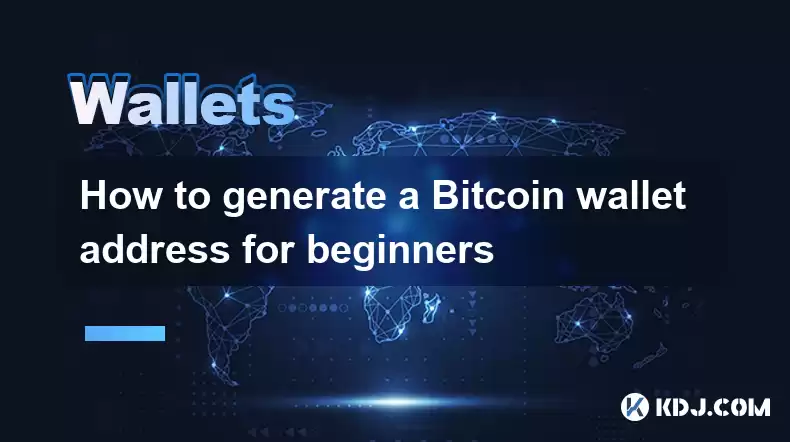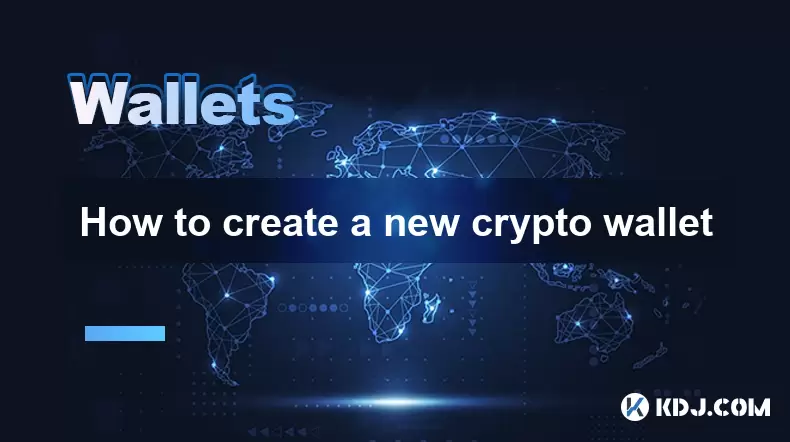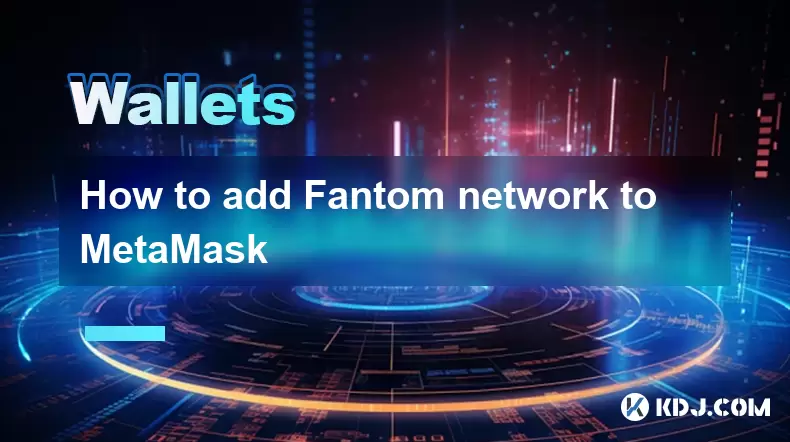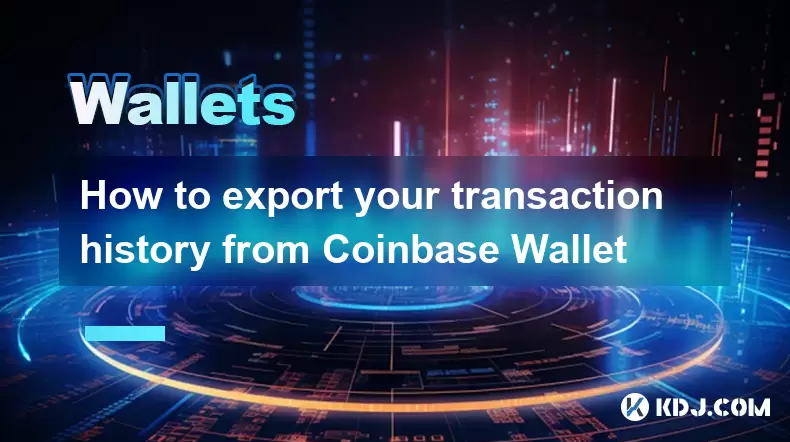-
 Bitcoin
Bitcoin $117500
2.15% -
 Ethereum
Ethereum $3911
6.19% -
 XRP
XRP $3.316
10.79% -
 Tether USDt
Tether USDt $1.000
0.01% -
 BNB
BNB $787.2
2.24% -
 Solana
Solana $175.2
4.15% -
 USDC
USDC $0.9999
0.00% -
 Dogecoin
Dogecoin $0.2225
8.40% -
 TRON
TRON $0.3383
0.28% -
 Cardano
Cardano $0.7868
6.02% -
 Stellar
Stellar $0.4382
9.34% -
 Hyperliquid
Hyperliquid $40.92
7.56% -
 Sui
Sui $3.764
7.63% -
 Chainlink
Chainlink $18.48
10.66% -
 Bitcoin Cash
Bitcoin Cash $582.1
1.88% -
 Hedera
Hedera $0.2601
6.30% -
 Avalanche
Avalanche $23.33
4.94% -
 Ethena USDe
Ethena USDe $1.001
0.02% -
 Litecoin
Litecoin $122.3
2.04% -
 UNUS SED LEO
UNUS SED LEO $8.969
-0.27% -
 Toncoin
Toncoin $3.339
0.86% -
 Shiba Inu
Shiba Inu $0.00001287
4.30% -
 Uniswap
Uniswap $10.43
7.38% -
 Polkadot
Polkadot $3.861
5.08% -
 Dai
Dai $1.000
0.02% -
 Bitget Token
Bitget Token $4.513
3.41% -
 Monero
Monero $267.7
-6.18% -
 Cronos
Cronos $0.1499
4.14% -
 Pepe
Pepe $0.00001110
5.15% -
 Aave
Aave $284.9
8.28%
How to generate a Bitcoin wallet address for beginners
A Bitcoin wallet address is a public key for receiving Bitcoin, while the private key, which must be kept secret, allows spending; choose your wallet wisely for security.
Apr 03, 2025 at 10:49 pm

Understanding Bitcoin Wallet Addresses
Before diving into the process, it's crucial to understand what a Bitcoin wallet address is. It's essentially a unique identifier, like a bank account number, used to receive Bitcoin. Unlike a bank account, however, you don't "store" Bitcoin in a wallet address itself. The address is simply a public key that allows others to send you Bitcoin. Your private key, which you must keep absolutely secret, allows you to access and spend the Bitcoin sent to that address.
Choosing a Bitcoin Wallet
The first step is selecting a suitable Bitcoin wallet. Many options exist, each with its strengths and weaknesses. Popular choices include hardware wallets (like Ledger or Trezor), software wallets (like Electrum or Exodus), and web wallets (like Coinbase or Blockchain.com). Hardware wallets are generally considered the most secure, as they store your private keys offline. Software wallets offer more control but require careful security practices. Web wallets are convenient but sacrifice some security. The best choice depends on your technical skills and risk tolerance.
Generating a Bitcoin Wallet Address: Hardware Wallets
Generating an address with a hardware wallet is usually straightforward. The specific steps vary slightly depending on the brand and model. However, the general process involves connecting your hardware wallet to your computer, launching the wallet software, and then selecting the option to create a new wallet or receive Bitcoin. The wallet will then display your public Bitcoin address, which you can share with others to receive funds. Remember to always verify the address on the hardware wallet's screen before sharing it.
Generating a Bitcoin Wallet Address: Software Wallets
Software wallets, like Electrum or Exodus, also provide a user-friendly interface for generating addresses. After installing and launching the software, you'll typically find an option to create a new wallet or receive Bitcoin. The software will guide you through the process, often involving creating a strong password and securely storing your seed phrase (a list of words that acts as a backup for your wallet). Once set up, your Bitcoin address will be displayed. Never share your seed phrase with anyone.
Generating a Bitcoin Wallet Address: Web Wallets
Web wallets, such as Coinbase or Blockchain.com, generally handle address generation automatically. After creating an account and verifying your identity (if required), you'll be provided with a Bitcoin address. You can typically find this address in your wallet's dashboard. While convenient, remember that web wallets hold your private keys on their servers, making them potentially vulnerable to hacking. Choose a reputable web wallet and enable two-factor authentication whenever possible.
Understanding the Importance of Security
Regardless of the wallet type you choose, maintaining the security of your private keys is paramount. Here's a breakdown of crucial security measures:
- Never share your private keys or seed phrase with anyone.
- Use strong, unique passwords for your wallets.
- Enable two-factor authentication (2FA) whenever available.
- Keep your software updated to the latest versions.
- Be wary of phishing scams and malicious websites.
- Regularly back up your wallet and seed phrase securely.
What if I lose my private keys?
Losing your private keys essentially means losing access to your Bitcoin. There's no central authority to recover them for you. This is why securely storing your seed phrase is critically important.
Can I have multiple Bitcoin addresses?
Yes, you can have multiple Bitcoin addresses associated with a single wallet. Each address is independent and can receive Bitcoin separately. This can be useful for organizing your transactions or enhancing privacy. Most wallets allow you to generate new addresses easily.
Is it safe to use a web wallet?
While convenient, web wallets carry higher security risks than hardware or software wallets. Because your private keys are stored on their servers, they are vulnerable to hacking or theft. Only use reputable web wallets with strong security measures and consider using them only for small amounts of Bitcoin.
How do I choose the right Bitcoin wallet?
The best Bitcoin wallet depends on your technical skills, security needs, and comfort level. Hardware wallets offer the highest security but require a slightly steeper learning curve. Software wallets provide a good balance of security and control. Web wallets are the easiest to use but the least secure. Consider your priorities when making your choice.
What is a seed phrase and why is it important?
A seed phrase is a list of words that acts as a backup for your wallet. It contains all the information needed to recover your private keys if you lose access to your wallet. Never share your seed phrase with anyone and store it securely offline. Losing your seed phrase means losing your Bitcoin.
Can I generate a Bitcoin address without a wallet?
No, you cannot generate a valid Bitcoin address without a Bitcoin wallet. The wallet software is responsible for generating the cryptographic keys that create your public and private keys, leading to the creation of your unique Bitcoin address.
Disclaimer:info@kdj.com
The information provided is not trading advice. kdj.com does not assume any responsibility for any investments made based on the information provided in this article. Cryptocurrencies are highly volatile and it is highly recommended that you invest with caution after thorough research!
If you believe that the content used on this website infringes your copyright, please contact us immediately (info@kdj.com) and we will delete it promptly.
- Ethereum, Staking Yields, and DeFi Exposure: A New Era for Investors?
- 2025-08-08 15:10:12
- Unilabs Pumps MIA, Binance Coin Bouncing Back, and Ethereum's Bearish Blues
- 2025-08-08 15:10:12
- Ethereum's Wyckoff Markup and Market Rotation: A New Era?
- 2025-08-08 15:30:12
- Ethereum, Vitalik Buterin, and the Overleveraged Game: A Balancing Act
- 2025-08-08 15:30:12
- Ethereum, Corporate Treasuries, and Vitalik Buterin: A New Era for ETH?
- 2025-08-08 15:36:08
- BNB Price, Binance Staking, and SEC Concerns: What's the Deal?
- 2025-08-08 15:36:08
Related knowledge

How to reset your MetaMask password
Aug 08,2025 at 01:28pm
Understanding the MetaMask Password Reset ProcessMany users confuse the MetaMask password with the seed phrase or private key, but they serve differen...

How to buy Dogecoin on MetaMask
Aug 08,2025 at 03:42am
Understanding Dogecoin and MetaMask CompatibilityDogecoin (DOGE) is a popular meme-based cryptocurrency that operates on its own blockchain, originall...

How to create a new crypto wallet
Aug 07,2025 at 09:22pm
Understanding the Basics of a Cryptocurrency WalletA cryptocurrency wallet is a digital tool that allows users to store, send, and receive digital ass...

How to add Fantom network to MetaMask
Aug 07,2025 at 08:21am
Understanding the Fantom Network and MetaMask IntegrationThe Fantom network is a high-performance, scalable, and secure blockchain platform designed f...

How to update the firmware on your Trezor wallet
Aug 07,2025 at 05:00pm
Understanding the Role of Staking in Cryptocurrency EcosystemsStaking has become a fundamental component of many blockchain networks that operate unde...

How to export your transaction history from Coinbase Wallet
Aug 07,2025 at 06:50am
Understanding Coinbase Wallet and Transaction HistoryCoinbase Wallet is a self-custodial cryptocurrency wallet that allows users to store, manage, and...

How to reset your MetaMask password
Aug 08,2025 at 01:28pm
Understanding the MetaMask Password Reset ProcessMany users confuse the MetaMask password with the seed phrase or private key, but they serve differen...

How to buy Dogecoin on MetaMask
Aug 08,2025 at 03:42am
Understanding Dogecoin and MetaMask CompatibilityDogecoin (DOGE) is a popular meme-based cryptocurrency that operates on its own blockchain, originall...

How to create a new crypto wallet
Aug 07,2025 at 09:22pm
Understanding the Basics of a Cryptocurrency WalletA cryptocurrency wallet is a digital tool that allows users to store, send, and receive digital ass...

How to add Fantom network to MetaMask
Aug 07,2025 at 08:21am
Understanding the Fantom Network and MetaMask IntegrationThe Fantom network is a high-performance, scalable, and secure blockchain platform designed f...

How to update the firmware on your Trezor wallet
Aug 07,2025 at 05:00pm
Understanding the Role of Staking in Cryptocurrency EcosystemsStaking has become a fundamental component of many blockchain networks that operate unde...

How to export your transaction history from Coinbase Wallet
Aug 07,2025 at 06:50am
Understanding Coinbase Wallet and Transaction HistoryCoinbase Wallet is a self-custodial cryptocurrency wallet that allows users to store, manage, and...
See all articles

























































































